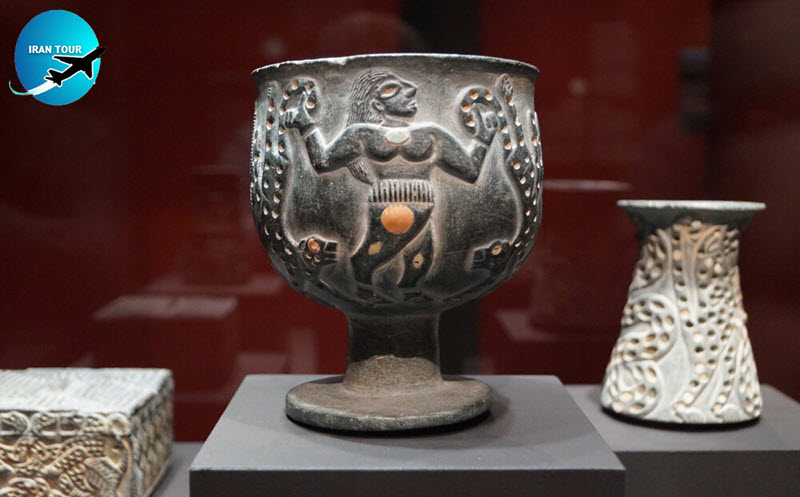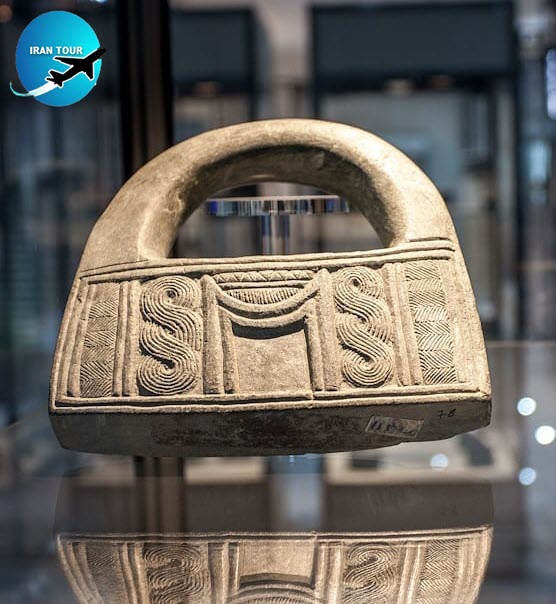Copyright 2020 - 2021 irantour.tours all right reserved
Designed by Behsazanhost
Jiroft Civilization
Jiroft Civilization
This civilization, which is also known as the culture of Halil Rood( River), is one of the oldest ancient cultures in the late 3rd millennium BC in the region of Kerman and Baluchestan Province.
 |
Tourism attractions
Konar Sandal hills
According to the obtained results of 5 archeology Scientific excavation stages on Jiroft Konar sandal hills, the southern Konar sandal hill is the remains of the castle which have been built in the center of an archeology world city, that during these excavations, some parts of blockade fence and residential urban life architecture spaces appeared. The northern Konar Sandal hill can be said, to be a religious magnificent big building, that is larger than the Known Zigoorate in Roodan because of its size and dimensions. This magnificent construction that has two huge platforms probably has been built on 3 floors with millions of mud bricks. The detection of king dome inscription related to half of 3rd millennium Bc from the castle changed the early point view about archeology that southeast of Iran stepped to historical age during the Achaemenian dynasty. Without any doubt, the future archeology excavation on the HalilRood zone will show many unknown points about the men's old civilization.
 |
Jiroft Old Town and Civilization
The history of colonization in the city dates back 5,000 years when a Bronze Age civilization known as the Jiroft Civilization inhabited the area. Traces of this civilization have been discovered at the Twin Konar Sandal Mounds where archaeologists have discovered clay tablets with geometric shapes which they believe are the origin of the Elamite writing system as well as a temple resembling Ziggurat. Archaeologists say new studies of Konar Sandal's artifacts will reveal Jiroft and not Mesopotamia as the birthplace of the oldest civilization in the eastern world.
 |
The old town of Jiroft is located on the western shores of Halil Rud and dates back to the Seljuq era (1038-1118). Currently known as the ancient city of Daqyanous, ancient Jiroft was one of the largest Islamic cities in Iran and was a center of commerce during the Seljuq era. Venetian merchant traveler Marco Polo (1254-1324), during his travels, passed through this city, describing it as a glorious place. The remains of a 1,200-year-old mosque and a bath were discovered during excavations in the area. Ceramic artifacts and pot shards found on this site illustrate the development of pottery during the Islamic era.
 |
The Jiroft Archaeological Museum
This great museum contains more than 600 artifacts dating back to the 3rd millennium BC. Most of these artifacts belong to the Jiroft Civilization or culture and were discovered at the archaeological site of Konar Sandal. The museum also holds some Islamic artifacts. Most of the museum’s objects are made of bronze but there are also some marble and ceramic vessels with animal and human subjects or a mix of both. One of the most notable items housed in this museum is a scorpion man statue with a human head and a scorpion tail.
- Details
- Category: Kerman HISTORICAL SITES